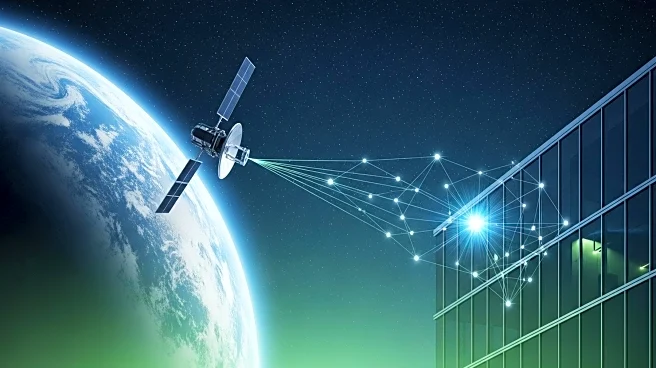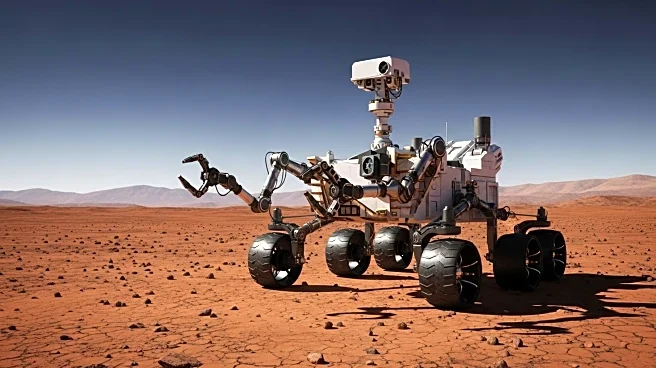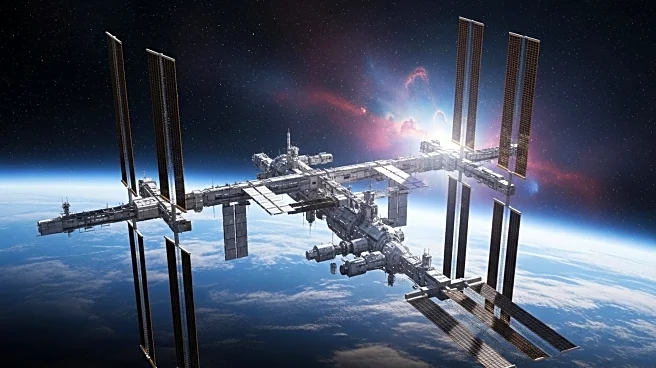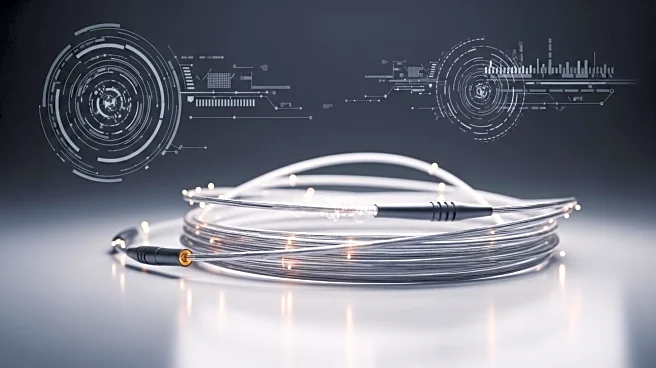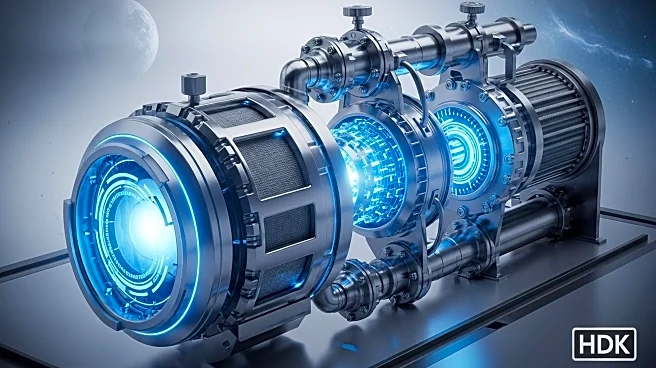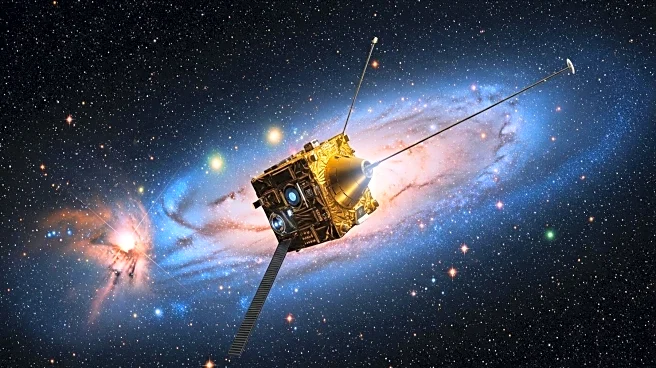What's Happening?
NASA has developed a Fiber Optic Sensing System (FOSS) that integrates advanced sensors and algorithms to monitor critical parameters in real time. This technology is capable of assessing various structural health indicators such as deformation, stress, and operational loads. The system uses a network of Fiber Bragg Grating (FBG) sensors, which are interrogated by a temperature-tuned distributed feedback laser. This allows for precise monitoring without affecting the structure's properties. FOSS is particularly useful in applications like oil and gas drilling, where it can provide real-time data on drill direction, temperature, and pressure.
Why It's Important?
The introduction of FOSS technology by NASA is a significant advancement in structural health monitoring. It offers a cost-effective and accurate method for assessing the integrity of critical infrastructure, which is crucial for safety and maintenance. In industries such as oil and gas, this technology can enhance operational efficiency and safety by providing precise data on drilling operations. The ability to monitor structures in real time can prevent catastrophic failures and reduce maintenance costs. Additionally, the commercialization of this technology could lead to widespread adoption across various sectors, further enhancing infrastructure safety and reliability.
What's Next?
NASA is seeking licensees to commercialize the FOSS technology, which could lead to its integration into various industrial applications. As companies adopt this technology, it may become a standard tool for structural health monitoring, particularly in industries where safety and precision are paramount. The ongoing development and refinement of FOSS could also lead to new applications and improvements in existing monitoring systems, potentially transforming how industries approach infrastructure maintenance and safety.

